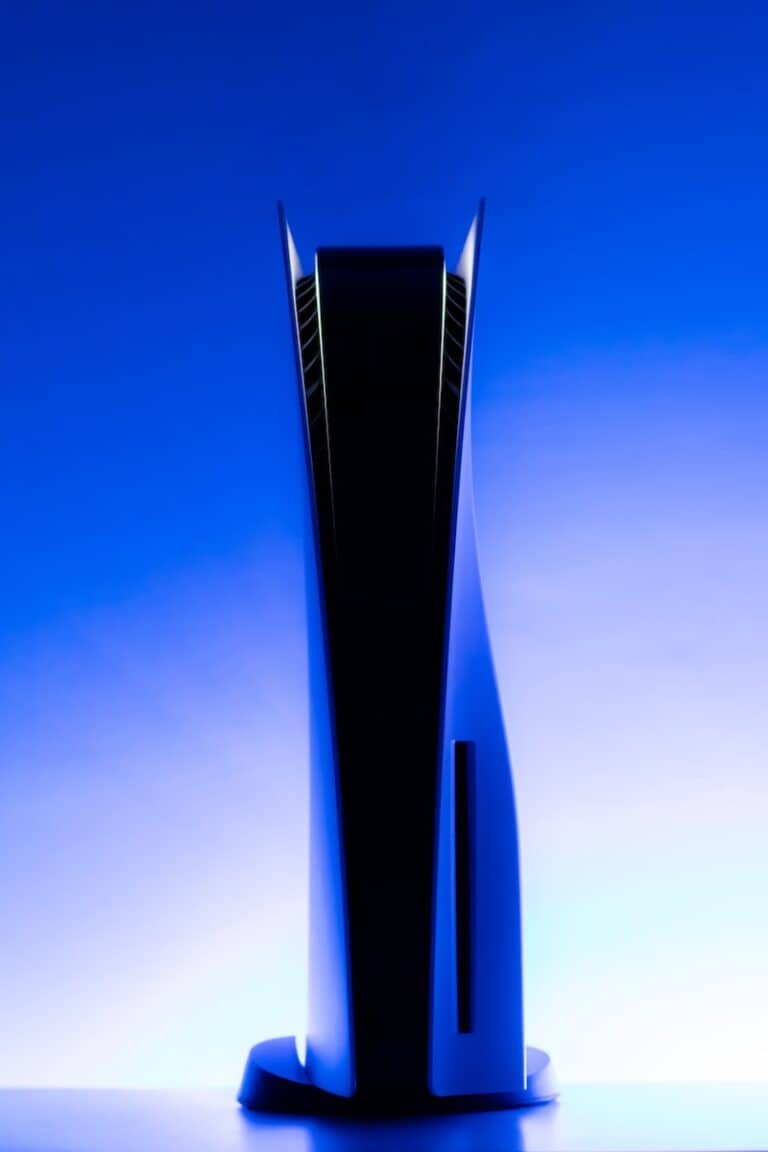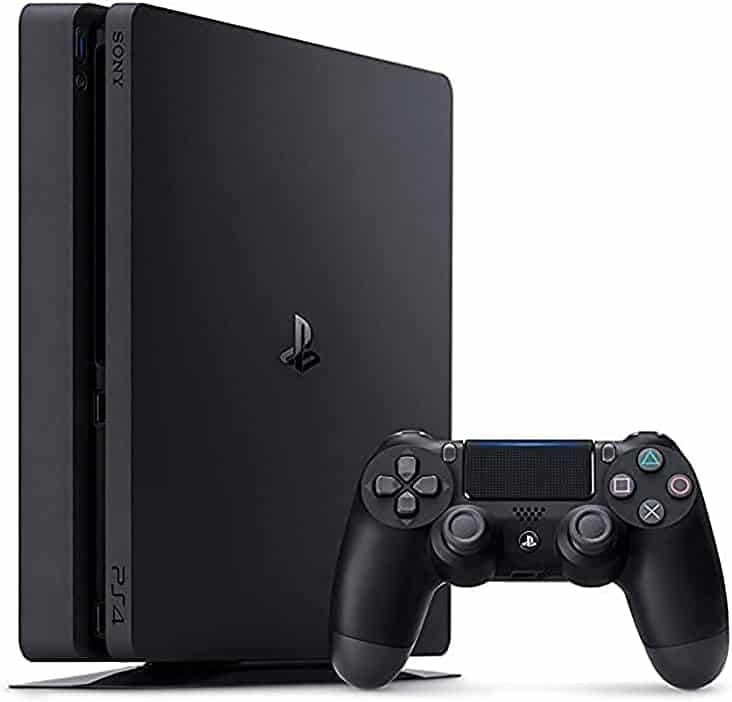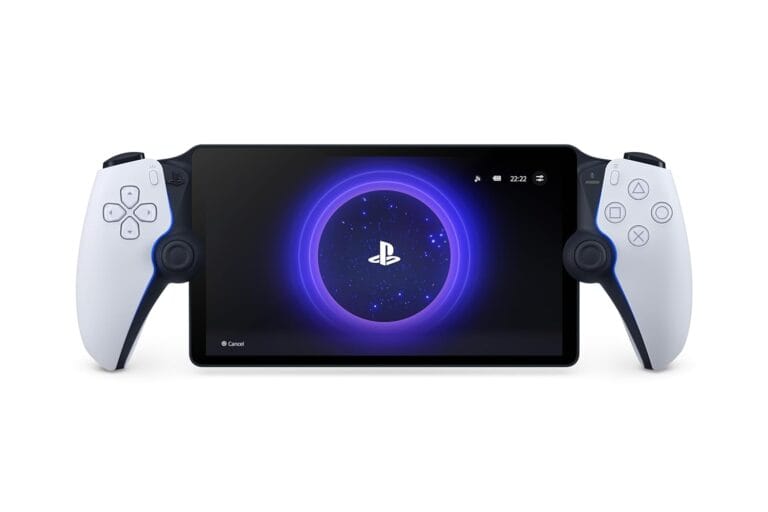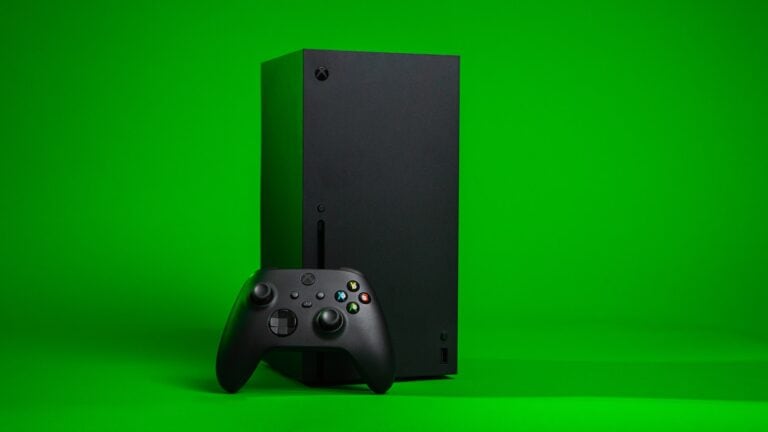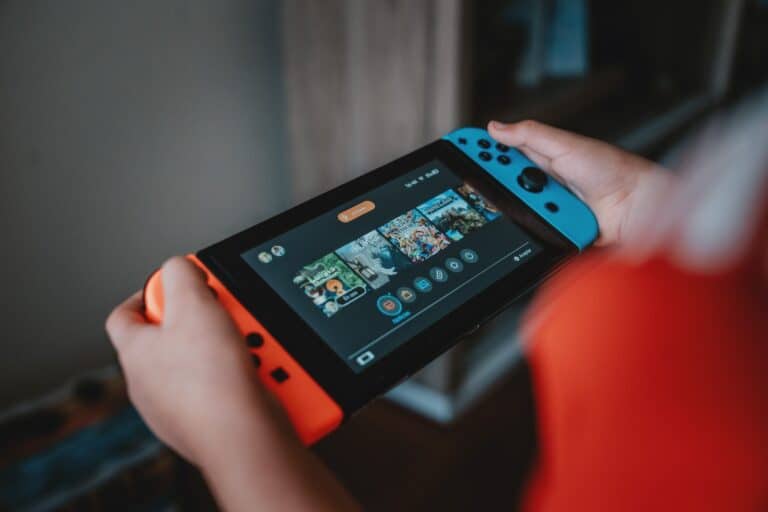In the world of handheld gaming PCs, two models compete for gamers’ attention: the MSI Claw and the Lenovo Legion Go. These devices promise powerful gaming experiences on the go. The MSI Claw comes with a choice of Intel’s Core Ultra 5 or Core Ultra 7 processors, ample RAM, and SSD options. On the other hand, the Legion Go flaunts its AMD chipset and aims to impress with its high-resolution, high refresh rate display.
Gamers aiming for serious portable gaming need to carefully consider these options, as the right device could greatly enhance their mobile gaming experience. Design and usability also play important roles in the choice between these handhelds. The Claw takes cues from familiar models but adds unique touches like additional shoulder buttons and RGB lighting, whereas the Legion Go focuses on delivering a high-quality visual experience with its superior display characteristics. Understanding these differences is key to making an informed decision, as each gamer’s preference and usage scenarios will dictate which device suits them best.
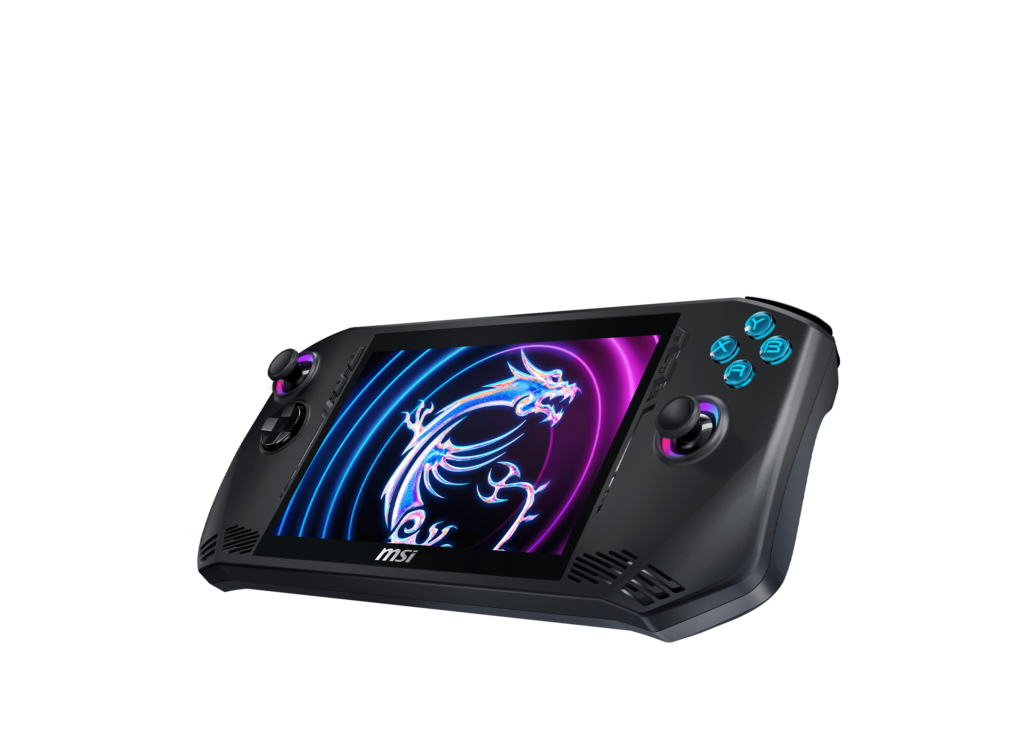
MSI Claw vs Lenovo Legion Go: Which Handheld Should You Buy?
Both the MSI Claw and Lenovo Legion Go are powerful handheld gaming PCs designed for portable gaming, but they cater to slightly different priorities. Here’s a detailed comparison to help you decide.
1. Performance
- MSI Claw:
- Powered by Intel processors, the Claw delivers strong, advanced performance, especially in CPU-intensive games and applications.
- Known for its high-quality design and hardware optimization.
- Can run demanding games smoothly, especially if drivers are fully optimized.
- Lenovo Legion Go:
- Uses AMD processors, offering competitive gaming performance with efficient power consumption.
- Provides solid gaming experience with a good balance between CPU and GPU power.
2. Battery Life
- MSI Claw:
- Battery life is decent but tends to consume more power, especially under heavy loads.
- Rough tests show it lasts slightly less than the Legion Go, with around 8 minutes less in some benchmarks.
- Lenovo Legion Go:
- Stands out with better battery efficiency and longer playtime.
- Ideal for gamers who prioritize longer sessions away from power sources.
3. Design and Build Quality
- MSI Claw:
- Stylish, premium build quality with attention to detail.
- Ergonomic design for comfortable handheld use.
- Lenovo Legion Go:
- Solid build with a focus on portability.
- Slightly more compact but still comfortable for extended gaming.
4. Features
- MSI Claw:
- Advanced features targeting enthusiasts who want raw power and customization.
- Potential for driver and software improvements to enhance performance further.
- Lenovo Legion Go:
- Unique features such as better battery management and possibly additional gaming-centric software.
- Balanced feature set for casual and serious gamers alike.
5. Price and Value
- Pricing varies depending on configuration and region, but both devices are positioned in the premium handheld gaming market.
- MSI Claw may appeal more to users looking for cutting-edge Intel hardware, while Legion Go targets those wanting balanced performance with better battery life.
Summary Table
| Feature | MSI Claw | Lenovo Legion Go |
|---|---|---|
| Processor | Intel (high-performance) | AMD (balanced power efficiency) |
| Battery Life | Slightly shorter, higher power | Longer, more efficient |
| Build Quality | Premium, stylish | Solid, portable |
| Performance | Strong CPU/GPU, driver updates pending | Balanced, stable gaming |
| Unique Strength | Advanced performance and design | Battery life and unique features |
| Best For | Enthusiasts and power users | Gamers needing longer battery life |
Final Recommendation
- Choose MSI Claw if you want top-tier Intel-powered performance and premium design, and don’t mind slightly shorter battery life.
- Choose Lenovo Legion Go if you want a well-rounded handheld with excellent battery life and stable AMD-powered gaming.
Sources:
- XDA Developers: MSI Claw vs Lenovo Legion Go
- TechBloat: MSI Claw vs Legion Go – Which is Better?
- Trusted Reviews: MSI Claw vs Lenovo Legion Go
Clash of the Gaming Titans: MSI Claw vs Legion Go
Processor and Performance
The MSI Claw boasts the latest Intel Core Ultra processors, marking one of the first handhelds to embrace Team Blue over AMD. Meanwhile, the Lenovo Legion Go sticks with AMD, offering the Ryzen Z1 Extreme. Early benchmarks hint at the Meteor Lake GPU in the Claw outperforming the Z1 Extreme in graphics, while the Z1 Extreme’s CPU might have a slight edge.
Design and Portability
The Claw, taking inspiration from the ROG Ally, is compact and lighter. However, it lacks a touchpad, relying solely on the touchscreen for navigation. The Legion Go, though bulkier, features detachable controllers and a larger screen, enhancing versatility and gaming immersion.
Additional Features
The Claw might entice tech enthusiasts with Intel’s innovations like XeSS upscaling and potentially longer battery life. The Legion Go, on the other hand, offers the flexibility of detachable controllers and seamless integration with Xbox Game Pass, appealing to those seeking a console-like experience.
Price and Availability
Both handhelds start at the same price point, offering similar value in terms of hardware. However, availability might vary, so potential buyers should keep an eye on retailer updates.
Table: MSI Claw vs Legion Go Comparison
| Feature | MSI Claw | Lenovo Legion Go |
|---|---|---|
| Processor | Intel Core Ultra 5/7 | AMD Ryzen Z1 Extreme |
| RAM | 16GB LPDDR5X-7500 | 16GB LPDDR5X-6400 |
| Storage | 512GB or 1TB NVMe PCIe Gen4 SSD | 512GB NVMe PCIe Gen4 SSD |
| Display | 8.4-inch, 2560×1600, 165Hz | 8.8-inch, 2560×1600, 144Hz |
| Battery | Up to 2 hours | Up to 2.5 hours |
| Weight | 1.49 lbs | 1.88 lbs |
| Special Features | XeSS upscaling | Detachable controllers, FPS mode |
| Price | Starting at $699 | Starting at $699 |
Choosing between these two powerhouses boils down to personal preferences. If you’re a tech enthusiast who values Intel’s latest innovations and a compact form factor, the MSI Claw might be your ideal companion. However, if a larger, more immersive display, detachable controllers, and a vast library of Xbox Game Pass titles are more enticing, the Lenovo Legion Go might be a better fit.
Key Takeaways
- Gaming enthusiasts have two notable handheld PC choices in the MSI Claw and the Lenovo Legion Go.
- Design factors, including ergonomics and display quality, are crucial differentiators for these devices.
- The technical specifications of each model cater to different gaming needs and preferences.
Design and Build Quality
The MSI Claw and Lenovo Legion Go showcase distinct approaches to the design and build quality, catering to different preferences and gaming needs. Each model’s materials, ergonomics, and weight play a crucial role in the user’s gaming experience.
Materials and Durability
The MSI Claw is constructed with a mixture of high-quality plastic and metal touches, which provides a solid feel and long-term durability. The Lenovo Legion Go, on the other hand, opts for a predominantly plastic body, which keeps the device lightweight. Both units seem to prioritize resilience, withstanding the usual wear and tear that comes with gaming on the go.

Ergonomics and Comfort
Ergonomically, MSI’s Claw appears to have a slight edge with its larger grips and an array of buttons, including two extra shoulder buttons for better control during gameplay. In contrast, the Legion Go sports a more traditional design that might be familiar to gamers, with a focus on comfort over longer gaming sessions. Users will also find the Claw’s ergonomic features supportive during extended use.
Portability and Weight
Speaking of portability, the Legion Go maintains a lighter profile which might be easier to carry around, but exact numbers on weight aren’t clearly stated. The Claw, however, stands at 675 grams, which is heftier due to its additional features. Both models are designed to be portable, yet durability and gaming comfort can influence a user’s sense of portability.
Technical Specifications and Performance
This comparison focuses on the inner workings and output of both the MSI Claw and Lenovo Legion Go, vital for any gamer’s decision-making process.
Processor and Graphics
The MSI Claw leverages Intel’s Core Ultra series CPUs, with options like the Core Ultra 5 and Core Ultra 7, offering strong performance for mobile gaming. It features Intel Arc graphics, which provide quality visuals for games. In contrast, the Legion Go utilizes the AMD Ryzen Z1 Extreme processor, built to handle gaming demands efficiently.
Memory and Storage
Both devices offer 16GB RAM, supporting smooth multitasking and gameplay. For storage, the Claw gives a choice between a 512GB or 1TB SSD, allowing for quick game loading times. Details regarding the Legion Go’s storage options are not specified, but an SSD is expected for fast access to data.
Display and Audio
The Legion Go boasts a display with a higher resolution and a 144Hz refresh rate, making for crisp, fluid visuals. The MSI Claw, while limited to a 1080p resolution, still offers a respectable 120Hz refresh rate. Both should deliver immersive audio, crucial for an engaging gaming experience, though specifics on their audio systems are not provided.
Battery Life and Charging
Battery performance is key in portable devices. The Claw and Legion Go are designed to balance power consumption with sufficient battery life, but exact battery capacities and expected playtimes have not been disclosed. Fast charging capabilities are anticipated to keep gamers in the action with minimal downtime.
Frequently Asked Questions
When choosing between the MSI Claw and the Legion Go, people often have several questions about their differences, performance, sensor quality, weight, suitability for esports, and ergonomic design. Here are the answers to some of the most common questions.
What are the main differences in specifications between the MSI Claw and the Legion Go mice?
The MSI Claw often includes options like Core Ultra 5 or 7 CPUs, 16GB RAM, and 512GB or 1TB SSD storage capacities. In contrast, the Legion Go typically offers AMD processors and may have different specifications concerning memory and storage.
How do users on Reddit compare the performance of the MSI Claw to the Legion Go for gaming?
On Reddit, gamers discuss the responsiveness and smoothness of both mice during gaming. While individual preferences may vary, these discussions can provide real-world insights into how each mouse performs in various gaming scenarios.
Are there notable differences in sensor quality between the MSI Claw and Legion Go?
Both mice are designed to offer high-quality sensors, yet there might be variances in DPI ranges and sensor types that affect precision and responsiveness. It’s important to compare these features to find what suits your gaming style best.
What are the weight comparisons between the MSI Claw and Legion Go gaming mice?
The MSI Claw typically weighs more due to its additional features and ergonomic design tailored for comfort over extended use. The Legion Go may be lighter, which could appeal to those who prefer a mouse that feels less substantial.
Which mouse, MSI Claw or Legion Go, is recommended for esports professionals?
Esports professionals often look for a mouse that optimizes precision, speed, and ergonomic support. Both the MSI Claw and Legion Go cater to these needs, but preferences may hinge on the specific demands of the games played and personal comfort.
How do the ergonomic designs of the MSI Claw and Legion Go differ for long-term use?
Ergonomics are key for long gaming sessions. The MSI Claw is designed with larger grips and additional buttons for comfort, while the Legion Go might have a different shape or texture aimed at reducing strain during usage. Comparing how each one feels in the hand during extended use is helpful.


